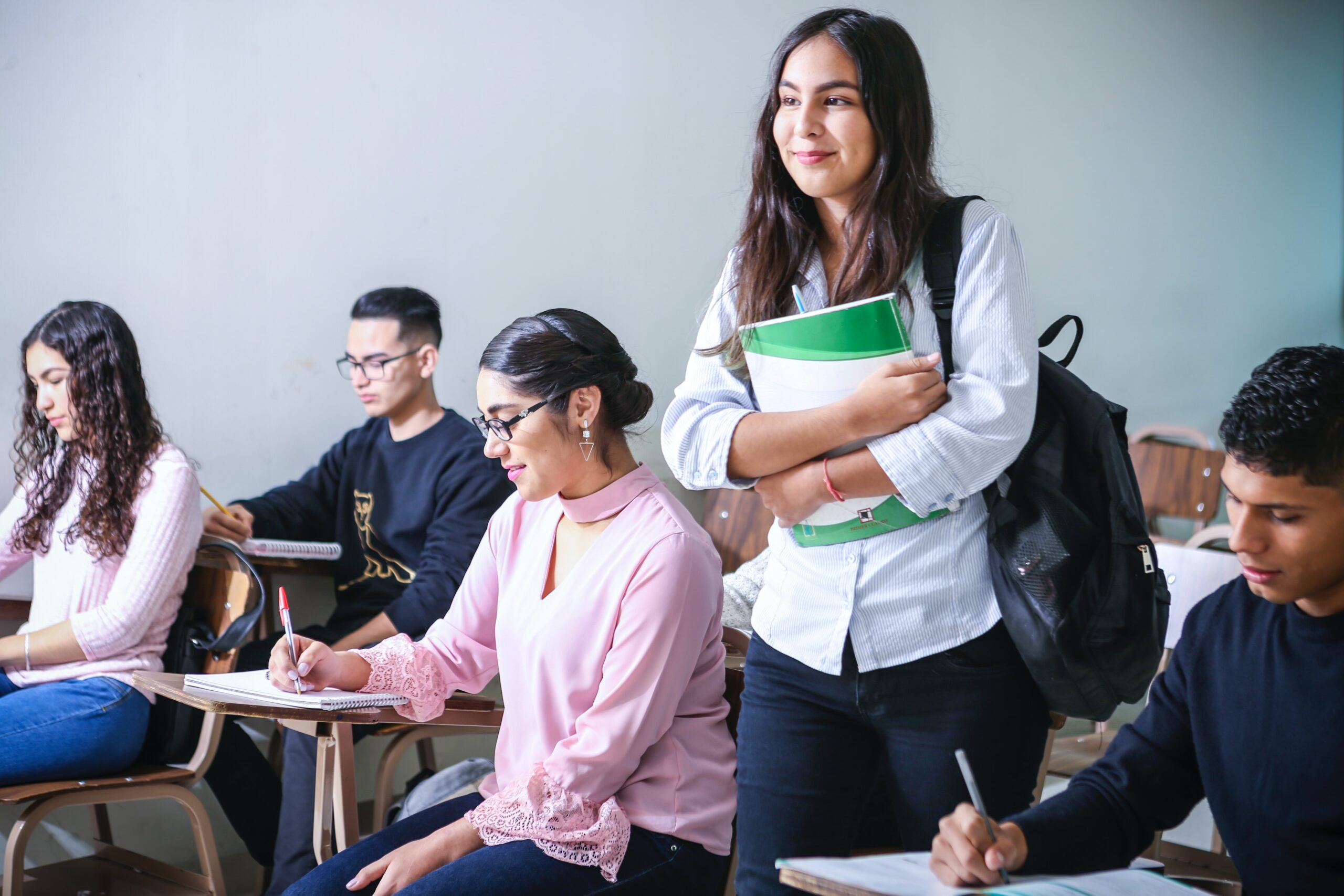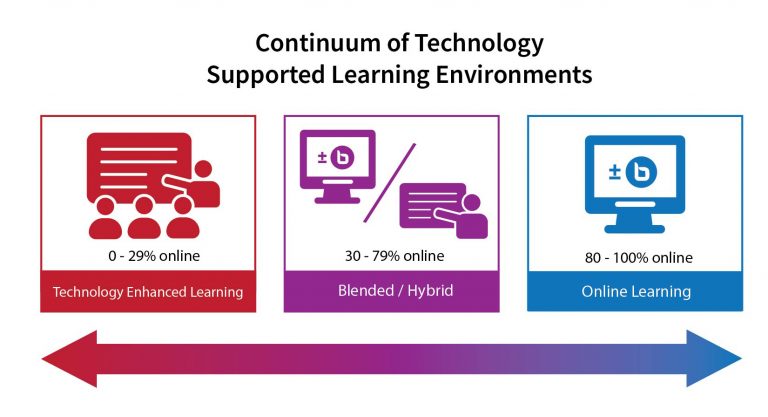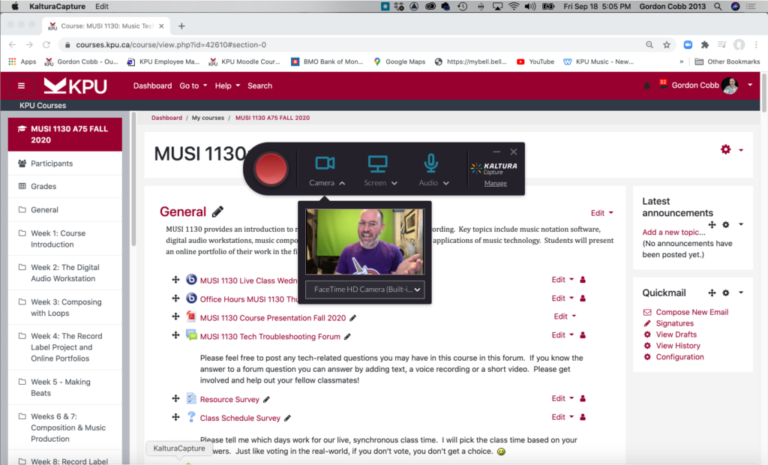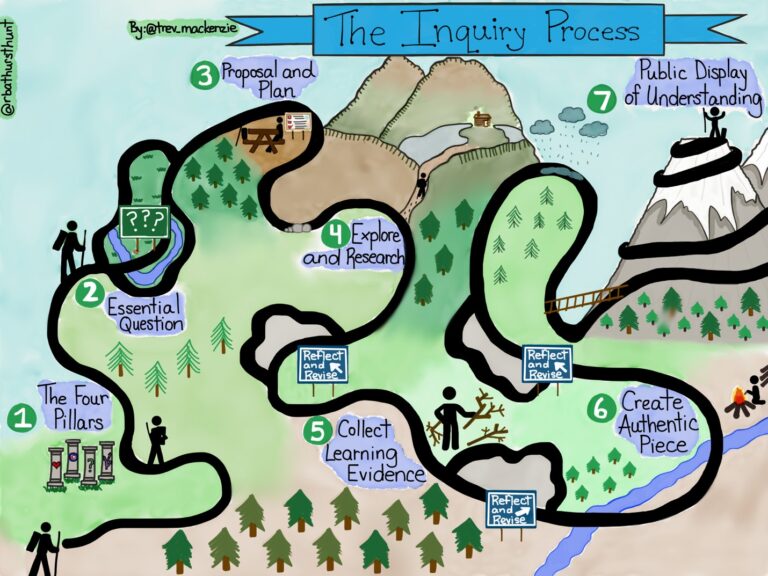Embracing the Chaos: The Power of Authentic Assessments and the Beautiful Messiness of Learning
Teaching and Learning’s continuing endeavor to create more active intentional partnering has me engaged in more conversations with faculty and staff. In some of our conversations, I asked instructors to share their thoughts and feelings regarding their practices and perception of the educational landscape from the start of the pandemic to now. Responses varied from “transformational, challenging, paradigm-altering,”; “lonely, exhausting, depressing,”; “perseverance, resilience, innovation,”; and even a very genuine “what-the-eff,”. It is evident that the past three years have created challenges but also garnered a lot of optimism about the future of education.
So, what is an Authentic Assessment? First coined by Grant Wiggins (1998), Authentic Assessments measure intellectual prowess by demanding students to highlight their comprehension, advanced thinking, and intricate problem-solving. In a world where things change a lot, teaching and testing need to evolve and meet the needs of students. Authenticity, showing real learning beyond just memorizing content, emphasizes collaboration, problem solving, teamwork, and peer or self-assessment specific to their fields or disciplines. Peer or self-assessment are what we as educators can create to help prepare them for what we hope will be a long and fulfilling profession. “Assessments should let students use information like they would in their careers, and they should show how students think and learn, not just what they know” (St-Onge et al., 2022). It is not just about getting the right answer quickly; it is about the process, progress, and artifacts students create. Looking at a bulk of studies, Villaroel et al. (2020) creates three categories of ways to look at Authentic Assessment: 1. How much is it like the real world? 2. How challenging is it for your brain? 3. How well can it measure your skill? Why do these Authentic Assessments, which are effective in classes, offer such notable benefits?
Both faculty and students have strong feelings regarding Authentic Assessments. According to one study, instructors believed that Authentic Assessments should provide opportunities for students to apply their knowledge in real-world contexts (92%), immerse students into practices and social interactions relevant to their future profession (85%), situate knowledge in the context of professional future use (77%) (Abramenka-Lachheb & Ozogul, 2022). Educators argue that assessments incorporating project-based approaches, where students engage in extended projects involving research, analysis, synthesis of information, and the creation of a final product or simulations of real-world scenarios through performance tasks, lead to a deeper exploration of student comprehension. Such assessments not only enhance long-term retention of content, they also encourage the application of knowledge in real-life contexts well beyond the completion of the class. So, it is clear that faculty have strong ideas about the beneficial nature of having authentic assessments in their practice.
One exciting example of Authentic Assessment was done in 2019 for a class in a university history course. It was an assignment called “Guerrilla History”, which encouraged place-based history and required students to think about the past and how the world is represented around them in their local contexts. Students were encouraged to question histories and ask, “whose story is that?” and “what else happened here?”. The work needed to be creative and involve oral storytelling and alternative ways of assignment production. The “Guerrilla History” assignment was also supported by the theory of decolonization methodologies. It was an Authentic Assessment that connected students to real-world activities. Students ended up creating highly diverse work, including recording original songs, board games, documentaries, podcasts, paintings, multi-media, clothing designed and produced, sculptures and mock monuments. When the students were finished, they were surveyed about what the advantages were to this assignment and how much they thought they had learned. Survey responses illustrated three main advantages of this assignment (1) doing, rather than learning history; (2) becoming a historian, rather than just understanding the past; (3) valuing student and community knowledge over academic skills (Forsyth & Evans,2019). This is one of many exciting assessments that I have seen happening over the last few years.
While the initial planning and creation of this assessment type may require some extra time, once established and implemented a few times, it becomes more manageable to iterate and make incremental adjustments. This flexibility allows instructors to modify the assessment to meet the specific needs of each class and align with both the instructor’s requirements and the goal of keeping the content dynamic. On top of that, when students are aware that the work they do is something that they will need in their future careers, engagement skyrockets and absenteeism and academic integrity breaches decrease. Authentic Assessments will never be a silver bullet, but reimagining your assessments to be more relevant and engaging for our students can go a long way, and at KPU there are a lot of Authentic Assessments happening now in Melville School of Business and the Wilson School of Design to name a few.
The surge of interest in Authentic Assessments by instructors at KPU this year reflects the proactive spirit of instructors. Although time-consuming and messy to implement at first, Authentic Assessments end up nurturing a culture of growth, innovation, and continuous improvement. I am excited to see so many actively working to enhance their academic offerings, assessment capabilities, and overall learning environments encouraging students to commit to the work and therefore reducing academic integrity breaches. KPU faculty is deeply committed to establishing a vibrant and progressive educational institution. This dedication extends beyond addressing the changing requirements of students, as they also actively contribute to the larger academic community. Teaching and Learning’s commitment to growth in various programs, partnerships, and resources are being strategically implemented to elevate KPU’s profile and ensure a sustainable, progressive, and exciting future. It is definitely an interesting time to be an educator! If you are curious about reimagining one of your current assessments or approaches, reach out for a one-on-one consultation.
References
Abramenka-Lachheb, V., & Ozogul, G. (2022). Faculty as Designers of Authentic Learning Projects in Online Courses. Online Learning, 26(4), 281-303.
Forsyth, H., & Evans, J. (2019). Authentic assessment for a more inclusive history. Higher Education Research & Development, 38(4), 748-761.
St‐Onge, C., Ouellet, K., Lakhal, S., Dubé, T., & Marceau, M. (2022). COVID‐19 as the tipping point for integrating e‐assessment in higher education practices. British Journal of Educational Technology, 53(2), 349-366.
Wiggins, G. (1990). The Case for Authentic Assessment. ERIC Digest.
Verónica Villarroel, David Boud, Susan Bloxham, Daniela Bruna & Carola Bruna (2020) Using principles of authentic assessment to redesign written examinations and tests, Innovations in Education and Teaching International, 57:1, 38-49, DOI: 10.1080/14703297.2018.1564882

Samuel Kirk
Sam is a collaborator who is passionate about lifelong learning and technologies affordances. In his role as a Teaching and Learning Strategist, he supports faculty through consultation, development of resources and delivery of workshops. He will be the lead for initiatives that support Global Learning opportunities such as COIL.
Sam has 20+ years of experience teaching and is passionate about supporting faculty in their quest for engaging and effective learning experiences. He believes that everyone deserves a positive, new start in any new learning endeavor they are embarking on. He hopes that the journey is every bit exciting as the destination.






